Results
13 results found
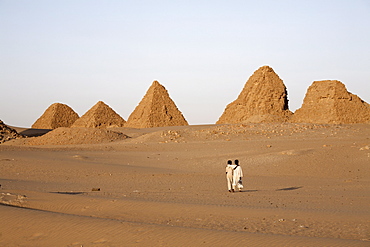
The royal cemetery of Nuri, burial place of King Taharqa, ancient ruler of the Kingdom of Kush, Karima, Sudan, Africa
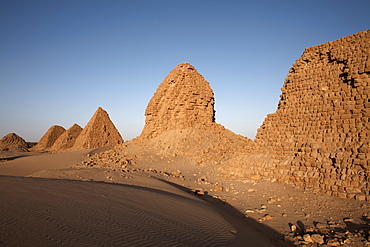
The royal cemetery of Nuri, burial place of King Taharqa, ancient ruler of the Kingdom of Kush, Karima, Sudan, Africa
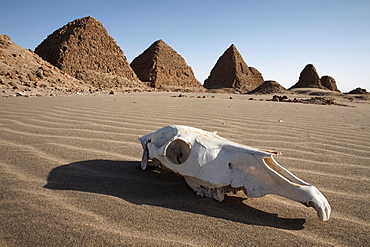
A camel skull at the royal cemetery of Nuri, burial place of King Taharqa, ancient ruler of the Kingdom of Kush, Karima, Sudan, Africa
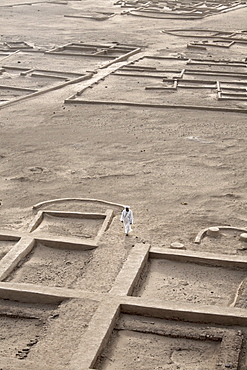
The grounds surrounding the 3,500 year-old mud-brick Western Deffufa, the seat of the first independent kingdom of Kush, Kerma, Sudan, Africa

The 3,500 year-old mud-brick Western Deffufa, the seat of the first independent kingdom of Kush, Kerma, Sudan, Africa
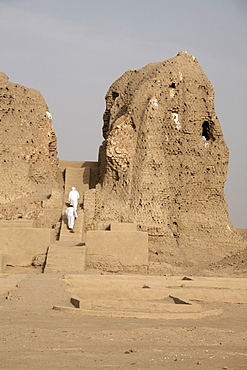
The 3,500 year-old mud-brick Western Deffufa, the seat of the first independent kingdom of Kush, Kerma, Sudan, Africa
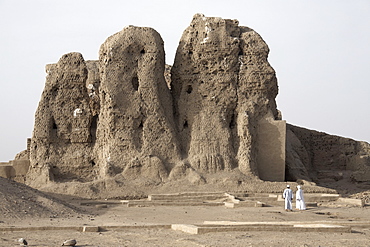
The 3,500 year-old mud-brick Western Deffufa, the seat of the first independent kingdom of Kush, Kerma, Sudan, Africa

The 3,500 year-old mud-brick Western Deffufa, the seat of the first independent kingdom of Kush, Kerma, Sudan, Africa
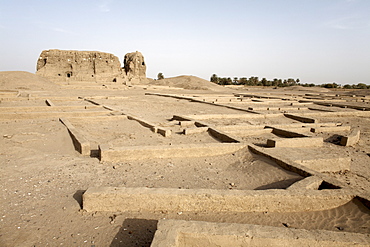
The 3,500 year-old mud-brick Western Deffufa, the seat of the first independent kingdom of Kush, Kerma, Sudan, Africa
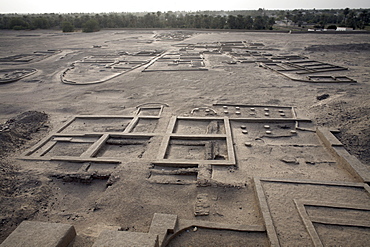
The grounds surrounding the 3,500 year-old mud-brick Western Deffufa, the seat of the first independent kingdom of Kush, Kerma, Sudan, Africa
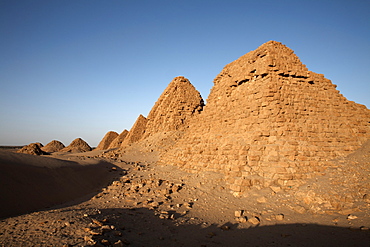
The royal cemetery of Nuri, burial place of King Taharqa, ancient ruler of the Kingdom of Kush, Karima, Sudan, Africa
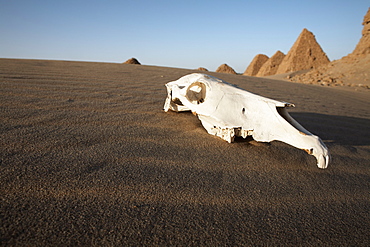
A camel skull at the royal cemetery of Nuri, burial place of King Taharqa, ancient ruler of the Kingdom of Kush, Karima, Sudan, Africa
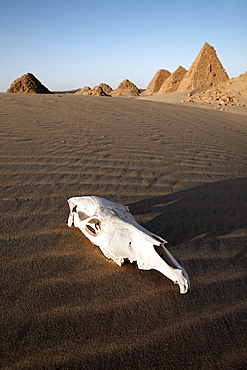
A camel skull at the royal cemetery of Nuri, burial place of King Taharqa, ancient ruler of the Kingdom of Kush, Karima, Sudan, Africa
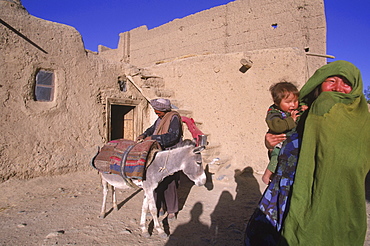
Striking Mongol features distinguish the face of a woman and her child (who is blind) living in the ruins of the Qala-i-Dokthar (Daughter's Castle), outside of the town of Bamiyan, August 30, 2002. Most of the old town was destroyed and up to 20,000 people of the region might have perished when Bamiyan fell to the Taliban in 2001. Bamiyan Valley is located in the Hazarajat at the edge of the Koh-i-Baba range , the end of the Hindu Kush. Bamiyan was a prosperous Buddhist kingdom on the ancient Silk Road until the 10th century, when the region was converted to Islam; in the 12th century, it was destroyed by Ghengis Khan. Most of the people of this region are of the Hazara tribe, and are Shi'a Moslems who have been persecuted for centuries by many of the Pashtun rulers of Afghanistan, who are from the Sunni sect. They most recently suffered at the hand of the Taliban, who tried for years to ethnically cleanse the region of its Shi'a people.

Striking Mongol features distinguish the face of Hamir Mohammed, his daughter and grandson (who is blind), all living in the ruins of the Qala-i-Dokthar (Daughter's Castle), outside of the town of Bamiyan, August 30, 2002. Most of the old town was destroyed and up to 20,000 people of the region might have perished when Bamiyan fell to the Taliban in 2001. Bamiyan Valley is located in the Hazarajat at the edge of the Koh-i-Baba range , the end of the Hindu Kush. Bamiyan was a prosperous Buddhist kingdom on the ancient Silk Road until the 10th century, when the region was converted to Islam; in the 12th century, it was destroyed by Ghengis Khan. Most of the people of this region are of the Hazara tribe, and are Shi'a Moslems who have been persecuted for centuries by many of the Pashtun rulers of Afghanistan, who are from the Sunni sect. They most recently suffered at the hand of the Taliban, who tried for years to ethnically cleanse the region of its Shi'a people
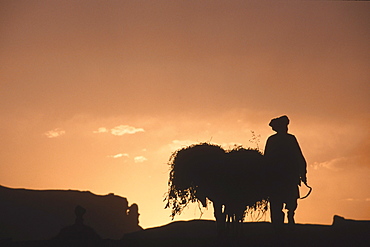
A farmer with his donkey loaded with forage walks toward the setting sun above the town of Bamiyan, August 30, 2002. Most of the old town was destroyed and up to 20,000 people of the region might have perished when Bamiyan fell to the Taliban in 2001. Bamiyan Valley is located in the Hazarajat at the edge of the Koh-i-Baba range , the end of the Hindu Kush. Bamiyan was a prosperous Buddhist kingdom on the ancient Silk Road until the 10th century, when the region was converted to Islam; in the 12th century, it was destroyed by Ghengis Khan. Most of the people of this region are of the Hazara tribe, and are Shi'a Moslems who have been persecuted for centuries by many of the Pashtun rulers of Afghanistan, who are from the Sunni sect. They most recently suffered at the hand of the Taliban, who tried for years to ethnically cleanse the region of its Shi'a people